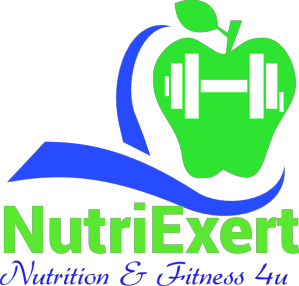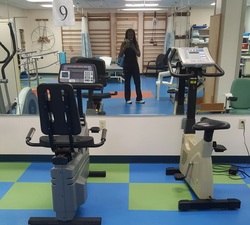As we approach the festive season, many of us will be eating to our heart's content and will not be too mindful of what and how much we eat. Food has a way of bringing us together to share, and to reunite. Let us look briefly on how we can incorporate healthy eating into our daily lives, as we make our new year's resolution for 2016.
Please see the presentation below.
Please see the presentation below.






 RSS Feed
RSS Feed